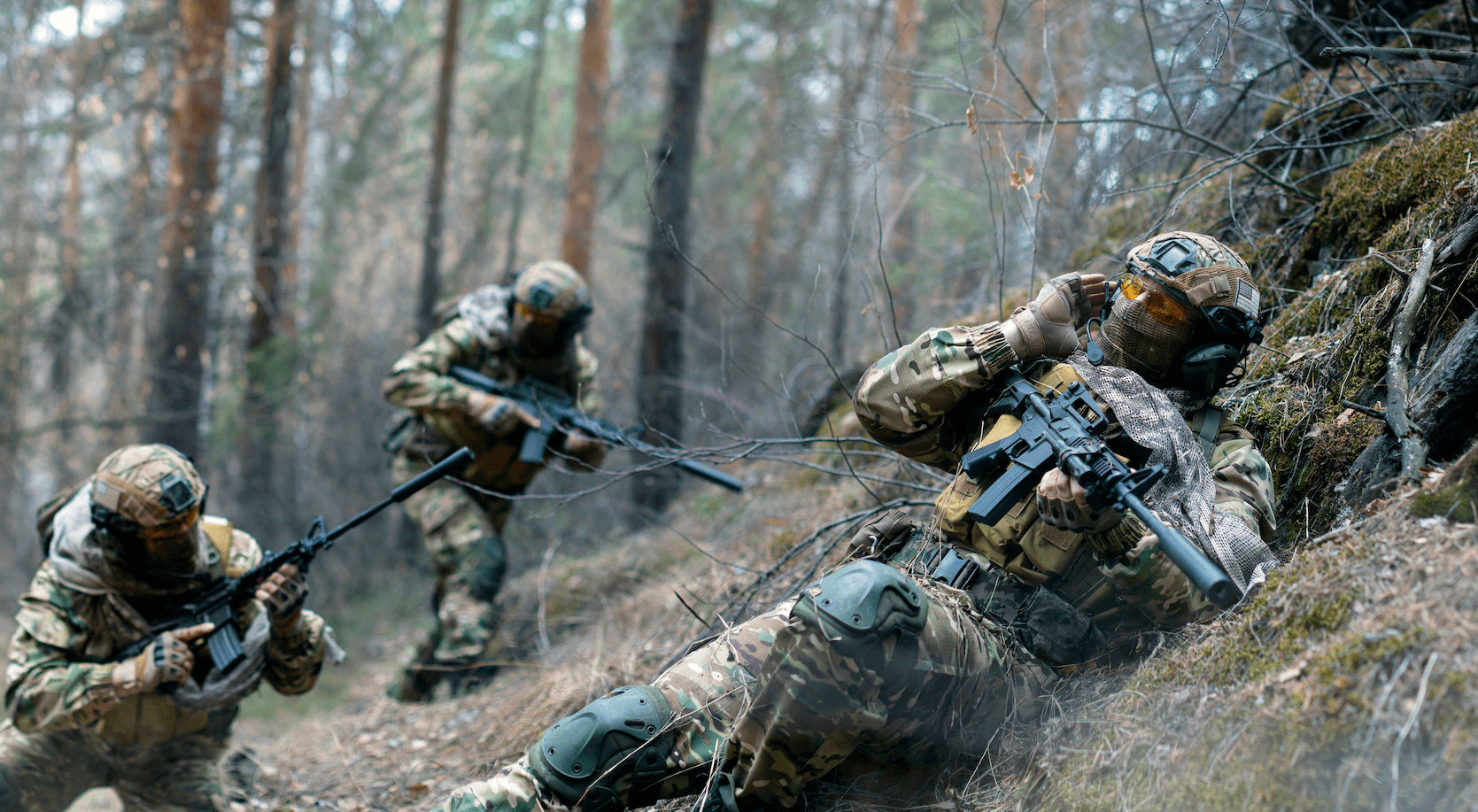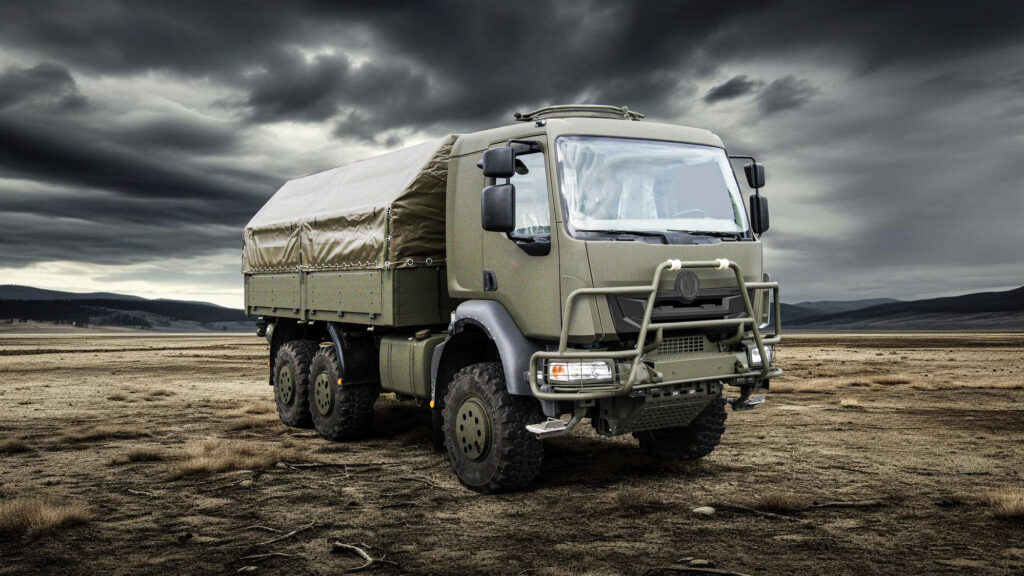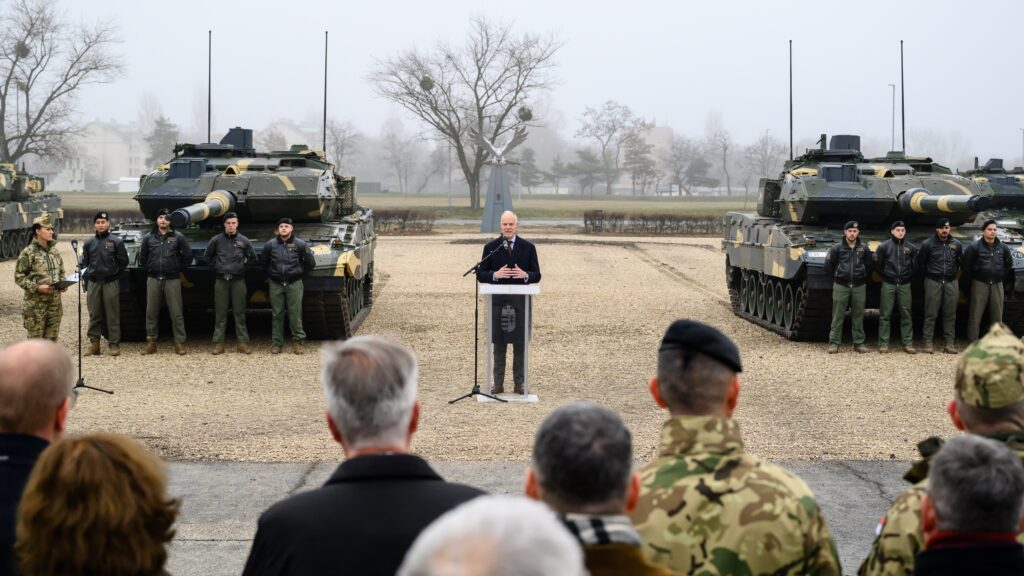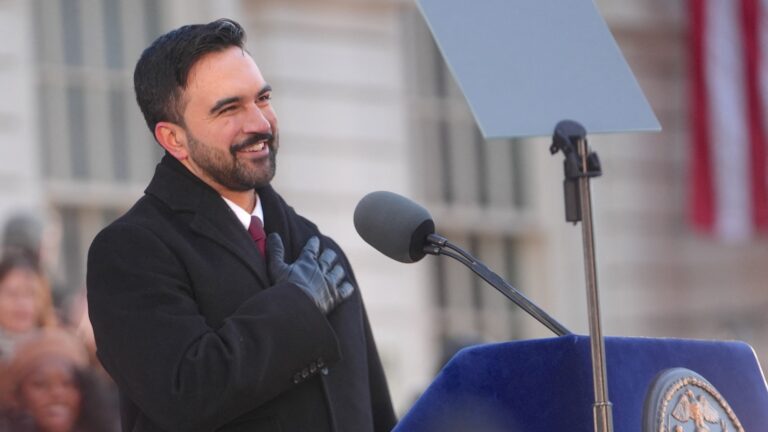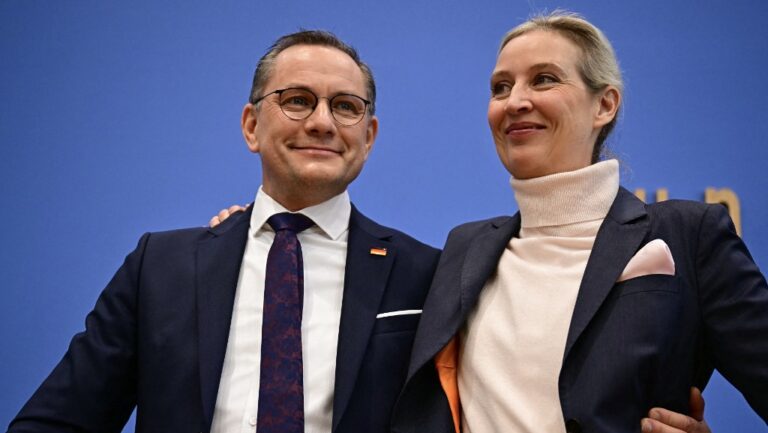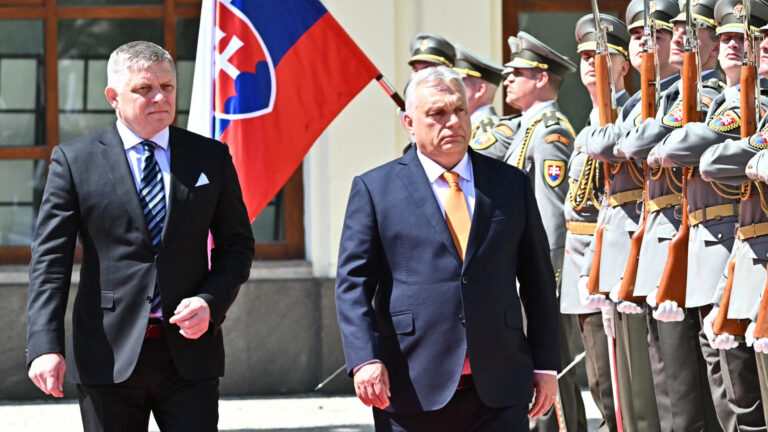2020 was marked by a violent clash between Azerbaijan and Armenia. After a six-week-long war, a fragile ceasefire was achieved with Russian mediation. However, about a week ago, hostilities were renewed. Azerbaijan, the winner of the 2020 war, seemed eager to rekindle the conflict, as the guarantor of Armenia’s security, Russia has been weakened militarily. As a diplomatic go-between, now distracted by the war in Ukraine, Russia managed to broker another ceasefire after only two days of fighting, but by that time two hundred people had been killed. In the last couple of weeks, clashes took place not only between Azerbaijan and Armenia, but at the Kyrgyzstan-Tajikistan border as well. The two countries have had border disputes since the collapse of the USSR. In this latest clash over 30 have been reported killed. Some 20,000 people have been forced to flee their homes, as the citizenry of both countries is growing fearful of the potential of a full-scale war. Russia, which has good relations with both Kyrgyzstan and Tajikistan, called for the ending of violence and offered to mediate between the parties.
While Russia understandably does not enjoy a great reputation nowadays, Moscow still has a large influence in the post-Soviet sphere. Should Russia further weaken, some countries in the region may try to capitalise on it. Since peace in the region is very fragile, if questions about Russia’s authority emerge, it can easily lead to bloodshed, as demonstrated by the Armenia-Azerbaijan and Kyrgyzstan-Tajikistan conflicts. With the potential military decline of Russia, some countries are testing the limits of what they can do in the new situation. Since the post-Soviet sphere is ripe with ethnic tensions, disputed borders and authoritarian leaders, any change to the status quo is historically achieved through violence. While with the war in Ukraine raging on it might sound ironic to say that in the post-Soviet world Russia’s mediation and presence may contribute to ‘peace and stability’, the recent bloody clashes in both Central Asia and in the Caucasus demonstrate that this is actually the case.
The weakening of the Russian military and the redeployment of Russian troops have led to armed conflicts in both Central Asia and the Caucasus
Beyond the fragility of the region, the clashes in the post-Soviet space also powerfully demonstrate that the prolongation of the conflict in Ukraine is in no one’s interest. While sanctions are damaging Europe, Russia’s economy has shown remarkable resilience. The weakening of the Russian military and the redeployment of Russian troops have led to armed conflicts in both Central Asia and the Caucasus, undermining the peace and stability of the entire post-Soviet sphere. Although Ukrainians have shown astonishing strength and commitment to fight against the Russian invasion, the spilling of even more blood is not in their interest either. The truth is—as always when it comes to military conflicts—that war damages all parties involved as well as the bystanders, and only peace can end the continuation of human suffering. While Europe struggles economically, all over the post-Soviet sphere blood is shed unnecessarily as a result of the war in Ukraine. It is high time to recognise that only peace can solve what has now grown into a global crisis, and European leaders should show a united front in helping Kyiv and Moscow negotiate peace, instead of some members states talking about supplying even more deadly weapons to Ukraine.

